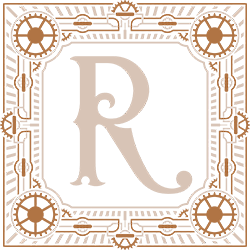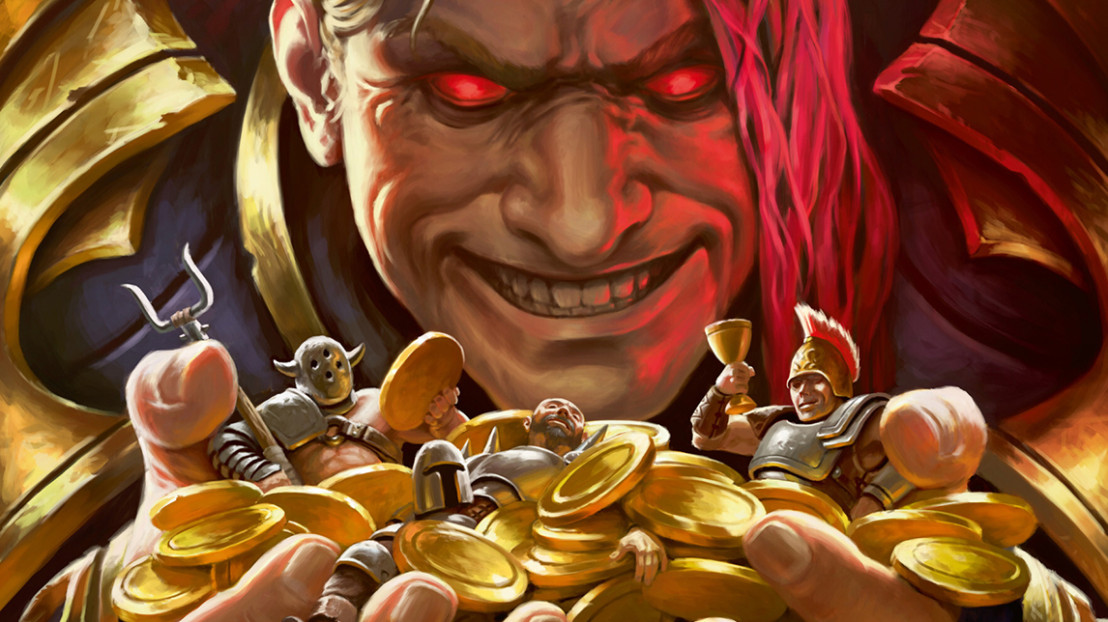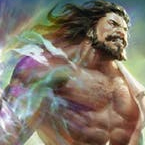Introduced in Monarch, talents have long served as intersectional card pools and thematic through-lines for a set. But what exactly is a talent, as a concept? What makes them different from classes? And have we lost the original vision along the way?
James White explained the intent in an article back in 2021, and I'll quote him here to get straight at the concept:
Monarch... reveals the “completeness” of the game. The world... would be comprised of 8 regions, each with its own identity, culture, motivations, agenda, and talent. Region specific talents are the key here. How do we make a Brute from somewhere else in Rathe, say the Demonastery, feel different to a Brute from the Savage Lands other than just aesthetics? By giving them cards and mechanics that only heroes with the talent unique to that region can use!
I believe the process of drafting a TCG is interesting because of the tension that exists when assessing the cards in a pack... the scenario of other participants in this ritual wanting some of the same resources you may also want... To create tension within a draft pod, a minimum of 2 players needs to be contesting each card.
Revealing the talents is something we look forward to delighting fans with over the coming years. I’m sure speculation will be rife, and many clues exist in work we have already published. Have fun imagining what the talents for the other 6 regions could be!
Talents mean we can design flavorful mechanics which are contained within a certain subset of heroes. This benefits diversity of deck construction, game strategy, and play experiences. It also means there is a deep and immersive relationship between the heroes we create and the world of Rathe, carving out unique identities for each hero not only in how they look, but in how they play.


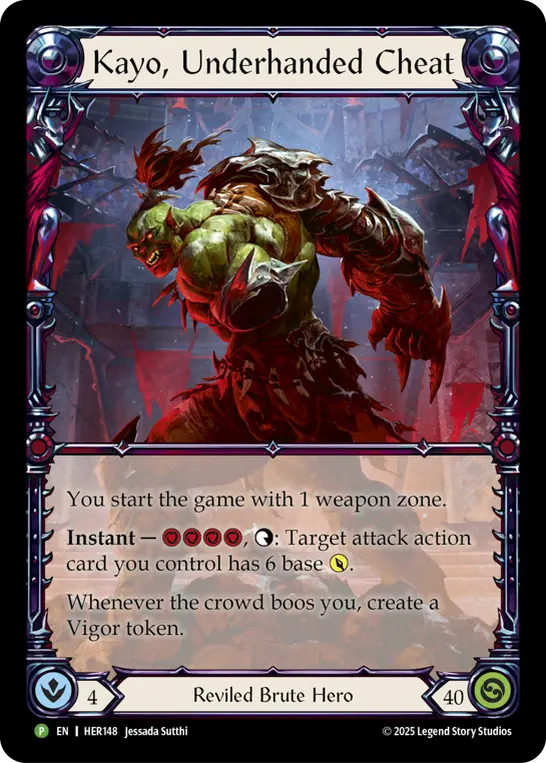
This article is insightful because it gives us a look at LSS' own vision for talents, and what purpose they serve. I'd sum it up as follows:
- Give heroes distinct vibes within their class. (Mechanics)
- Flesh out the world of Rathe beyond what classes alone can communicate. (Theme)
- Create strategic overlaps between heroes for a better draft experience. (Gameplay)
True to their word, LSS went on to explore new regions of Rathe, slowly developing the lore of these lands through flavorful talents. Solana's Light is countered by the Shadow of the Demonastary; in Aria, Elemental abilities manifest in Earth, Ice, and Lightning affinities; Volcor is home to the Draconic talent; and the citizens of Misteria harness their inner chi via their Mystic side.
These all met the first goal by adding unique mechanics to class card pools: the banished zone access of a Shadow Runeblade vs. the banished zone needs of an Earth Runeblade, for example. Addressing the second item of theme, the storytelling of a Light Illusionist is vastly different from that of a Draconic Illusionist, and both from a Mystic Illusionist. As for the third, sets with talents have provided for fascinating and varied draft experiences.
But other talents haven't been so neatly classified. The Royal talent, for example, defies the convention of a matched card pool; instead, generic cards call out the Royal talent, gaining additional abilities from it where present. Chaos has only begun to show up and, thus far, remains unique to Arakni.


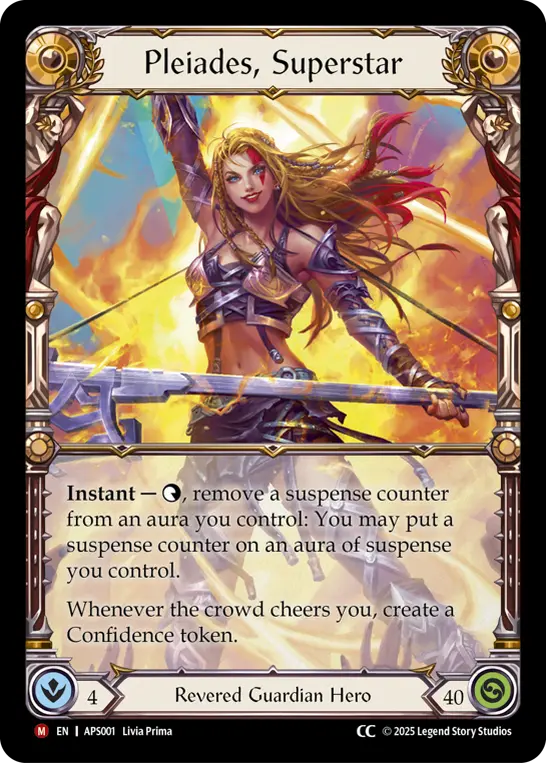
And then we have Revered and Reviled. If you'd have asked me to define a talent before Super Slam, I might have talked about a supernatural ability that transcends class, a manifestation of the magic in a region. (Royal would have remained a sore thumb, but exceptions sometimes prove the rule.) But these two new talents don't fit that description very well. Thematically, I think many have stumbled on this set in part because it's jostled their preexisting perception of the game's world.
But is Super Slam really a sign that LSS has lost the thread? Or were we simply thinking about talents wrong?
If we're following the blueprints laid out above, it's hard to argue against Revered/Reviled on two of the counts. These talents do offer new, unique mechanics to Brutes and Guardians that define our new heroes uniquely against a backdrop of existing decks. And undeniably, these fulfill the set design goal of overlapping strategies, creating demand around the draft table. It's really the second item - the question of theme - that's being questioned here.
Revered and Reviled represent the adoration and admonition of the crowd as our heroes fight in the Deathmatch Arena. Unlike Light and Shadow, Elemental, Draconic, and Mystic, this is not a power rising up from within; instead, it could be seen as a reaction to these heroes' actions. But in theory, there's crowd feedback for many of our heroes already. The most direct comparison is Heavy Hitters: this is the very same arena, and we even have the same hero returning in the form of Kayo. Olympia is the Prized Fighter, beloved by the fans! How is it that he gains nothing from the cheers of the crowd?


The answer is that Revered and Reviled are not about the crowd. Instead, it's about the hero's ability to elicit such responses. Lyath is Reviled because of a sinister inversion of charisma. Tuffnut draws from fresh reserves of resilience as his fans cheer him to keep going. That is the defining attribute of these heroes.
If we consider talents to be internal skills, things inherent to characters and brought to whatever occupation they choose, then the difference between a talent and a class becomes much more clean: a talent is something you have, while a class is something you learned.
This is the reason why Kano plays with fire, but isn't Draconic: Kano, as we know him, has none of the Draconic inherently, but instead studied to acquire those talents. Similarly, Viserai is not a Shadow Runeblade because the Shadow isn't in him, even as he's been empowered by the same Demonastary forces that fuel Chane and Vynnset.


By that definition, Revered and Reviled model a talent common within the real-world source material for Super Slam: wrestling entertainment. While physical fitness and stage fighting are the centerpiece skills of the profession, what truly makes a wrestler iconic is their ability to charm or enrage an audience. The fans need to care about you one way or another. In the words of Taylor Tomlinson, "Hall of fame, hall of shame, as long as my picture's on the wall."
And because this is Rathe, it's fair to say that charisma could be a trait with supernatural capacity. Mystic, after all, is the talent of 'reaching their full potential'; who's to say that the Revered heroes aren't drawing off the positive vibes of their adoring fans, Spirit Bomb-style? Maybe Kayo is truly feeding off their hate like an XFL running back.
Such an interpretation would also clearly explain why some heroes pair talents and classes, while others sport two classes. Pirate isn't inherent to a hero; it's a learned profession, a way of life. Maybe this delineation can finally put to bed the 'Mechanologist: Talent or Class?' debate.
If Revered continues beyond the walls of the Deathmatch Arena - and I truly hope it does - I'd love to see it applied in other areas also. Bravo jumps to mind first: a Revered Bravo, working the crowd at the next Everfest carnival, feels like a no-brainer. One more talent can't hurt, right?

